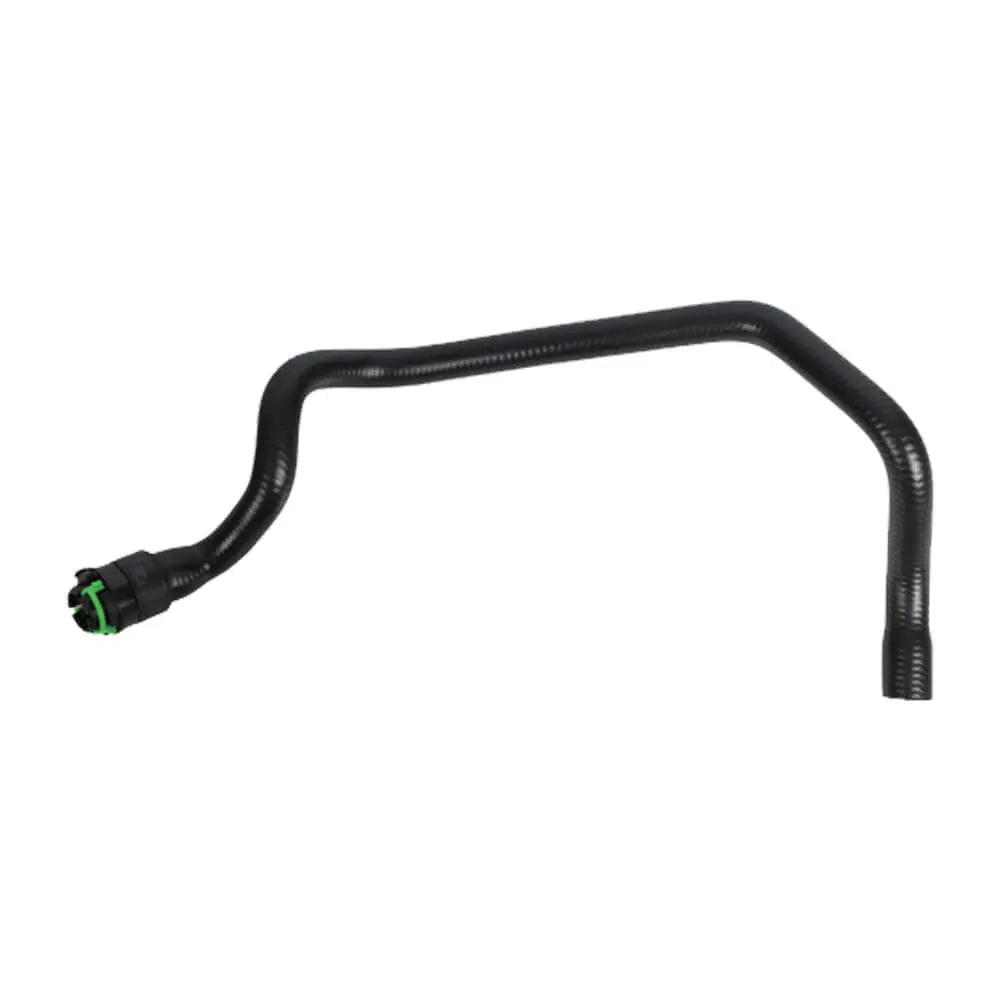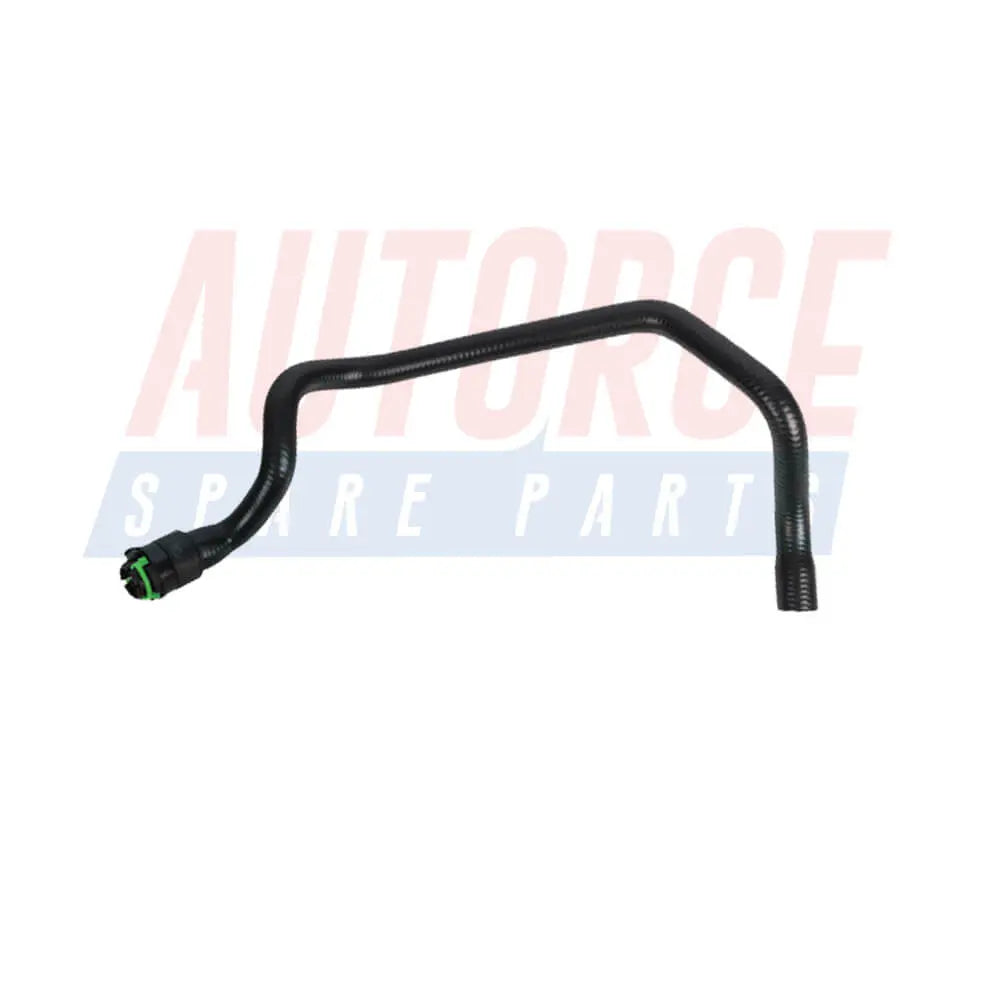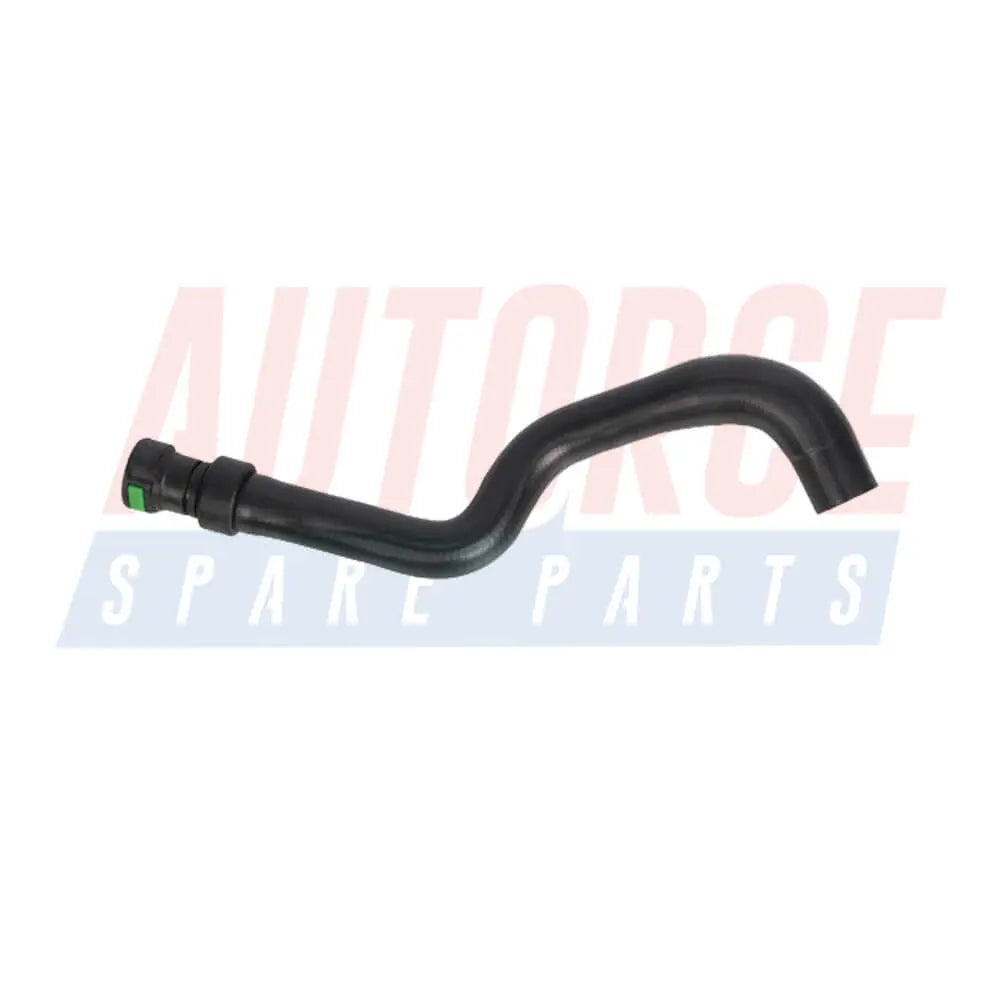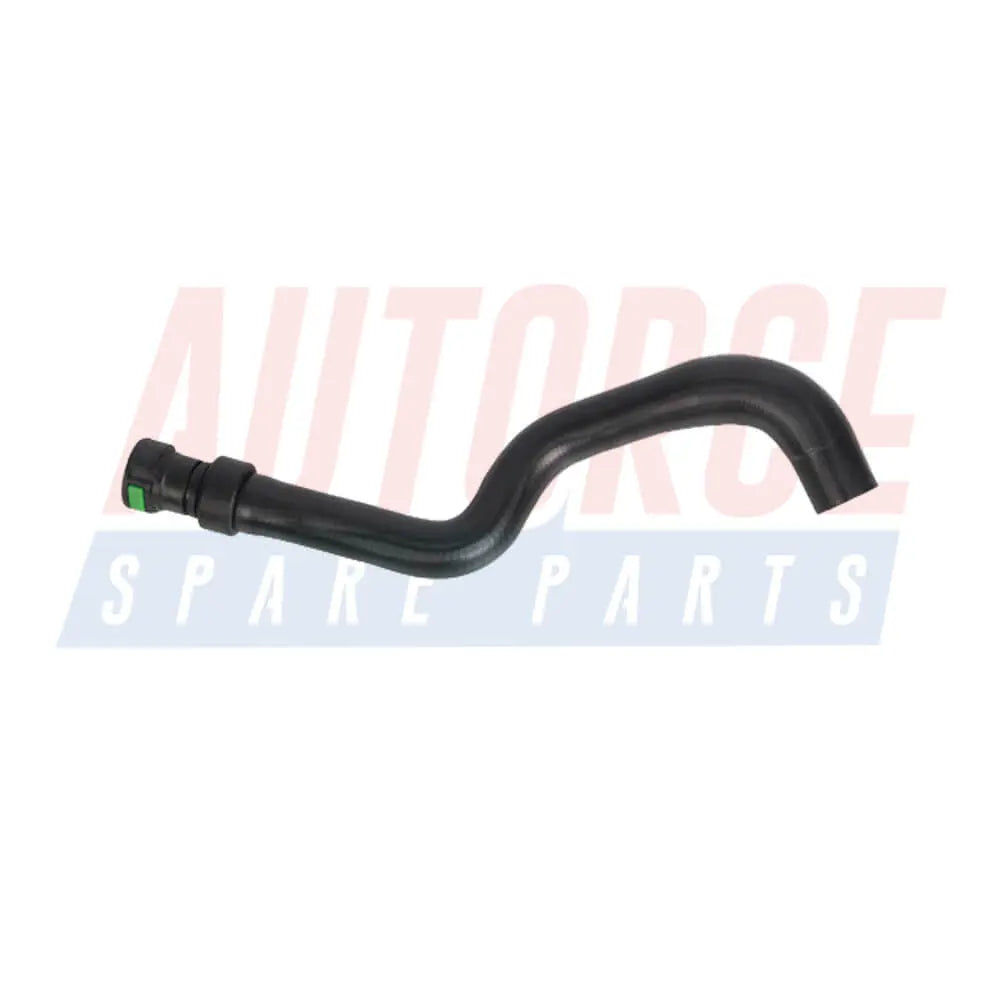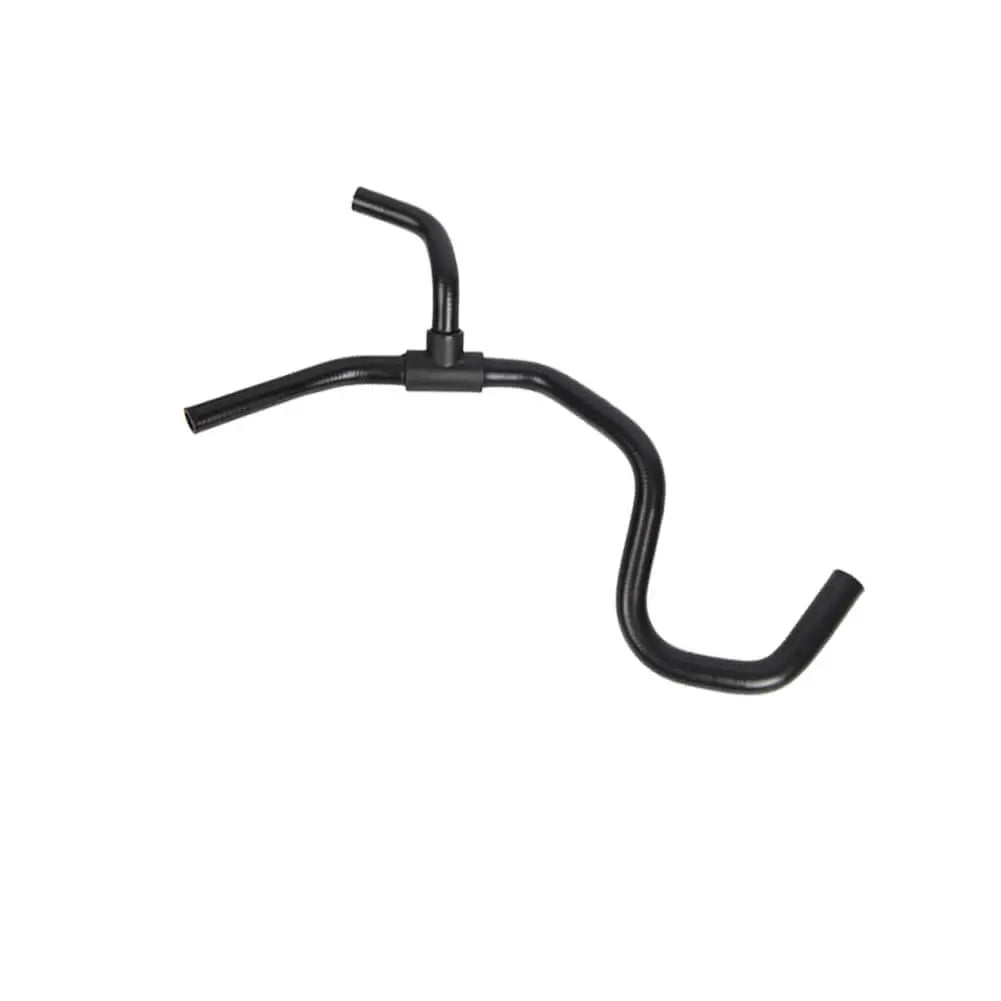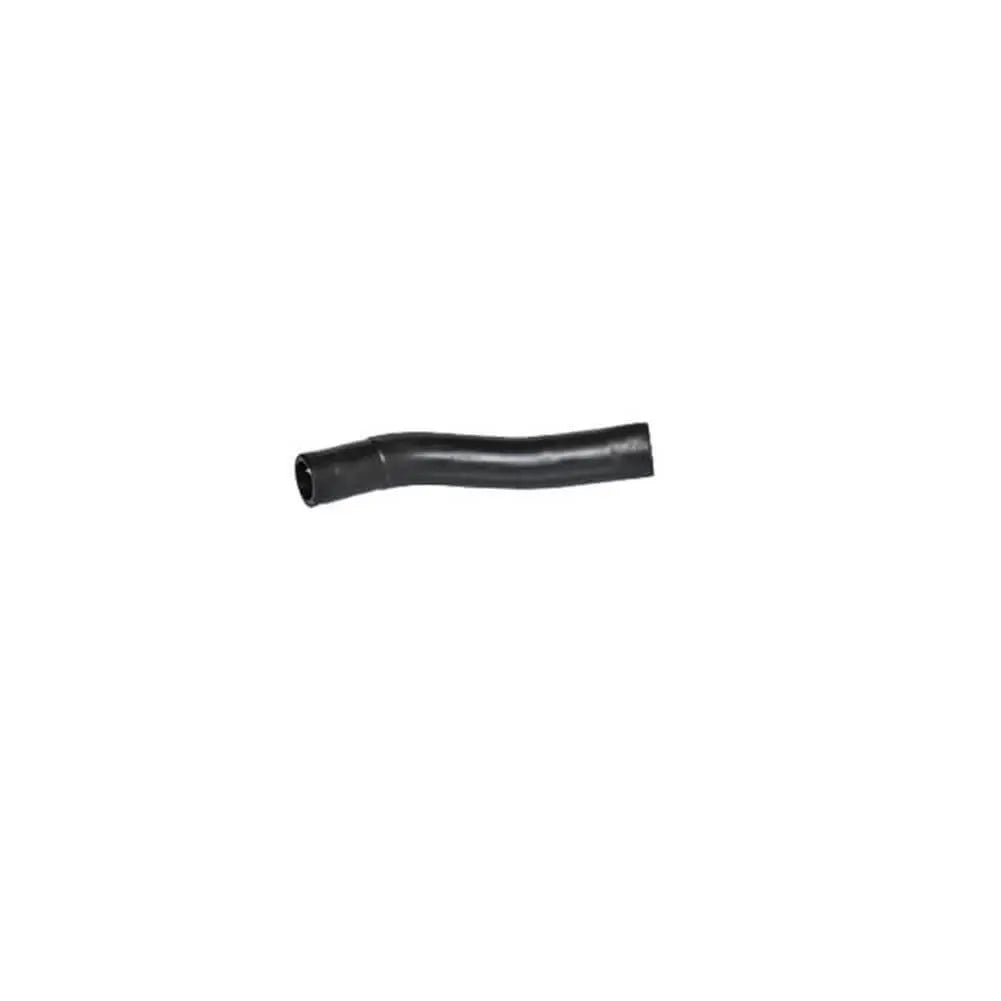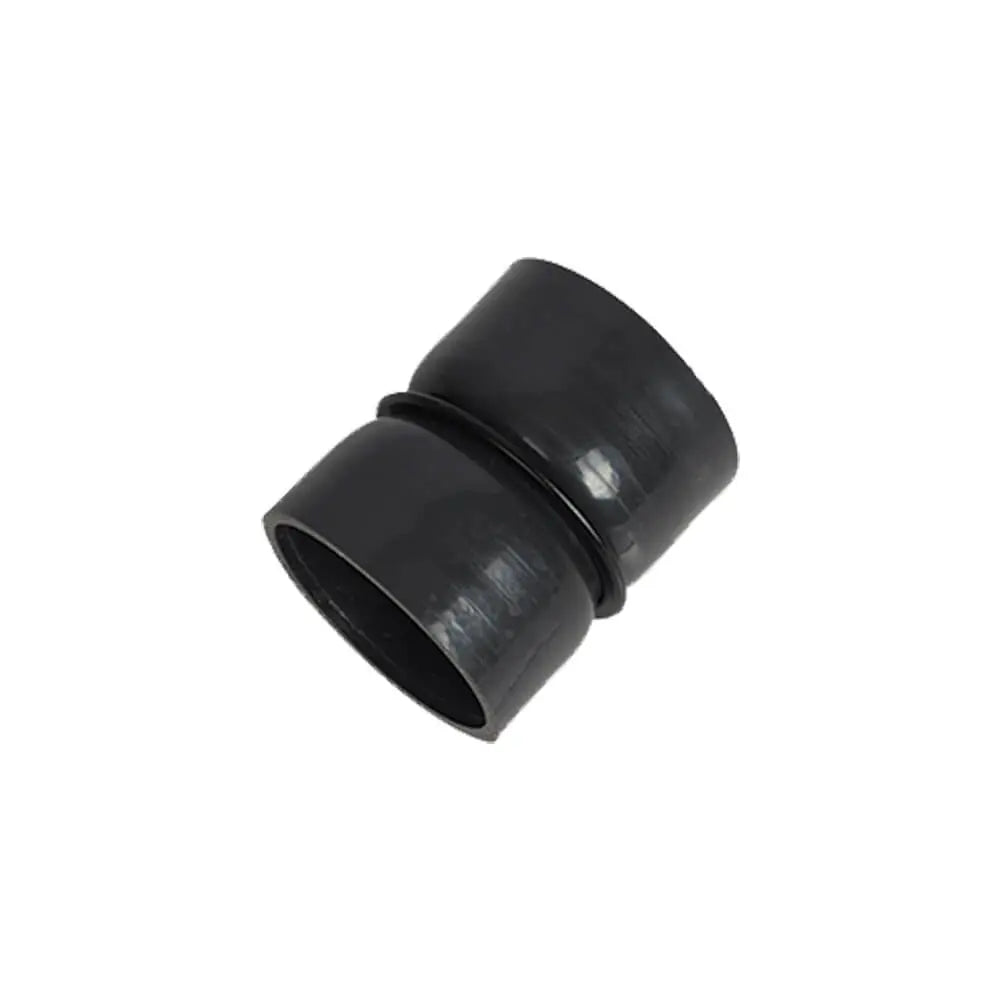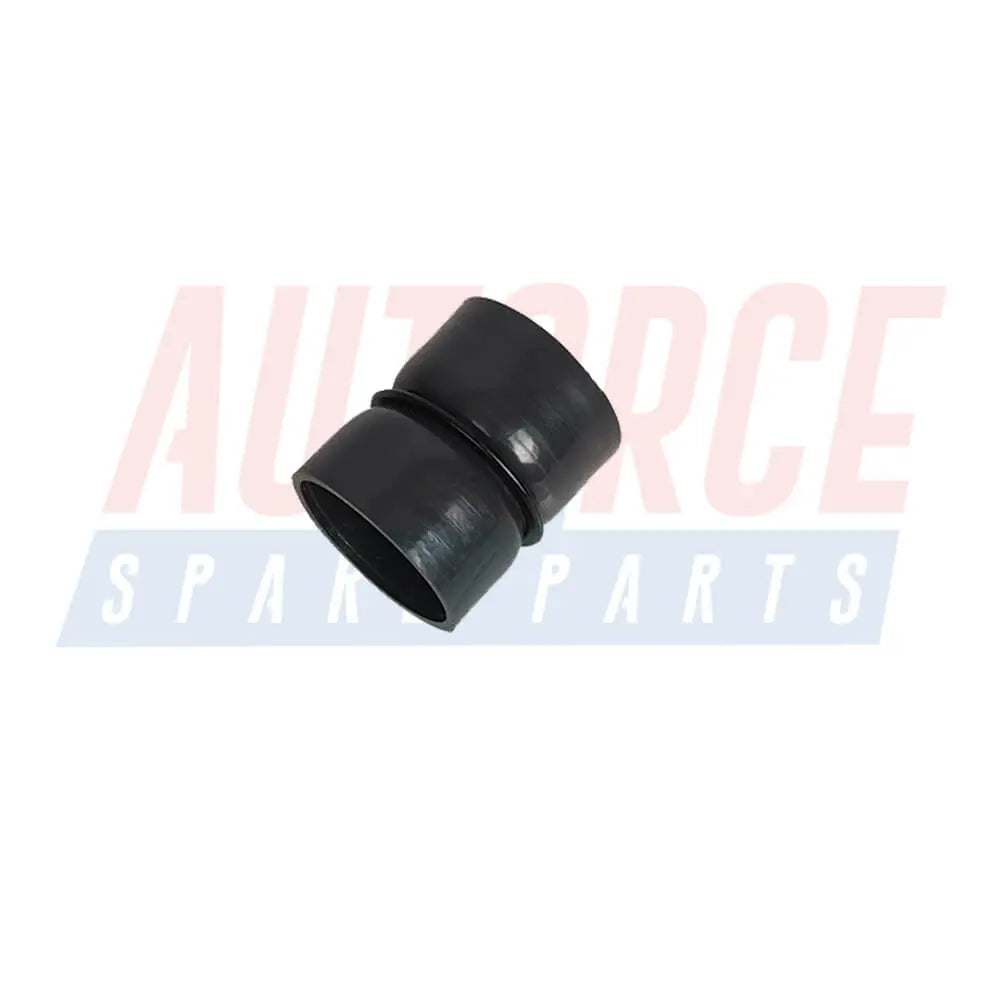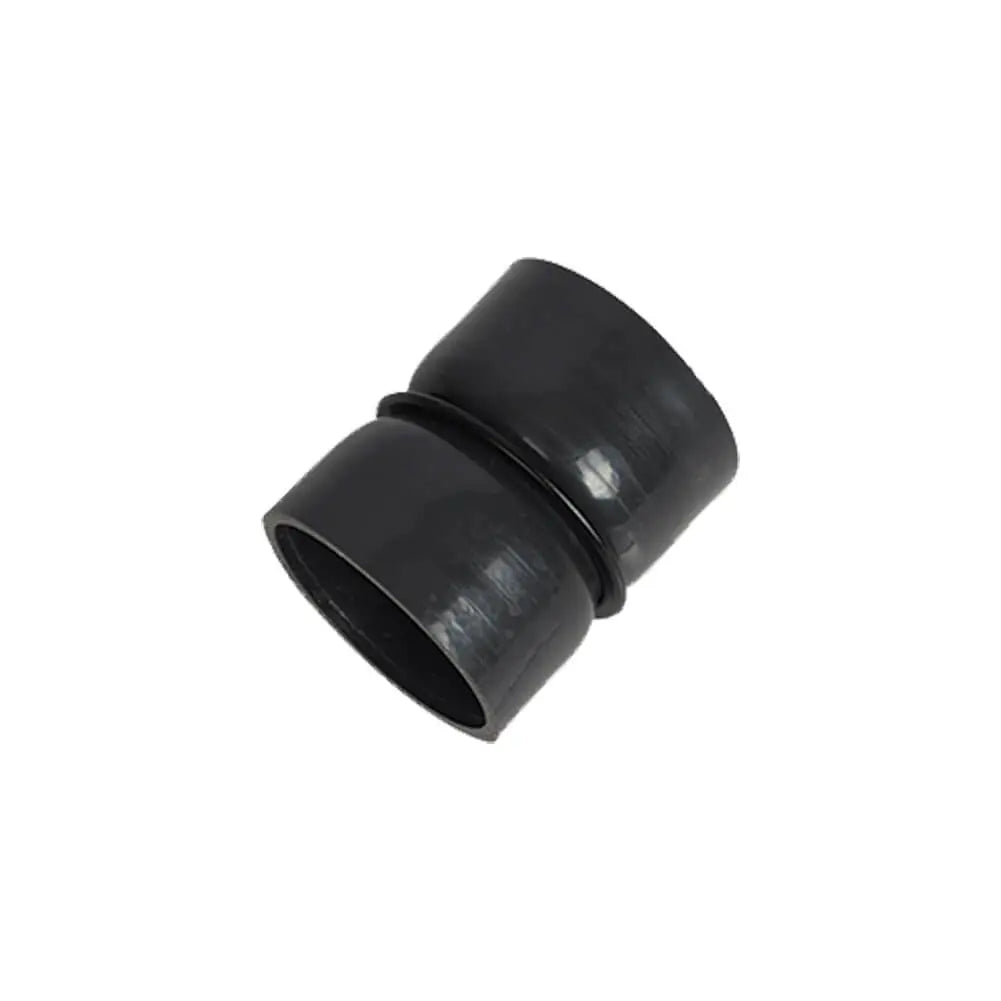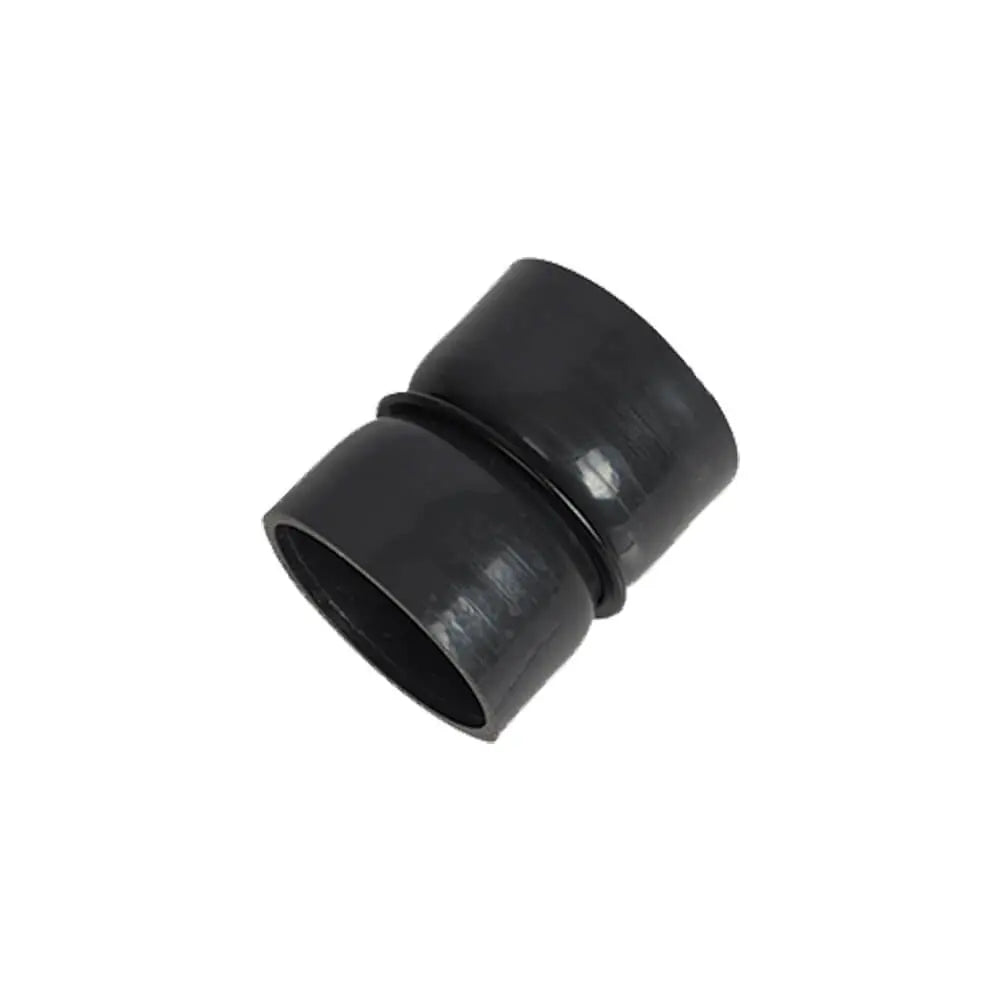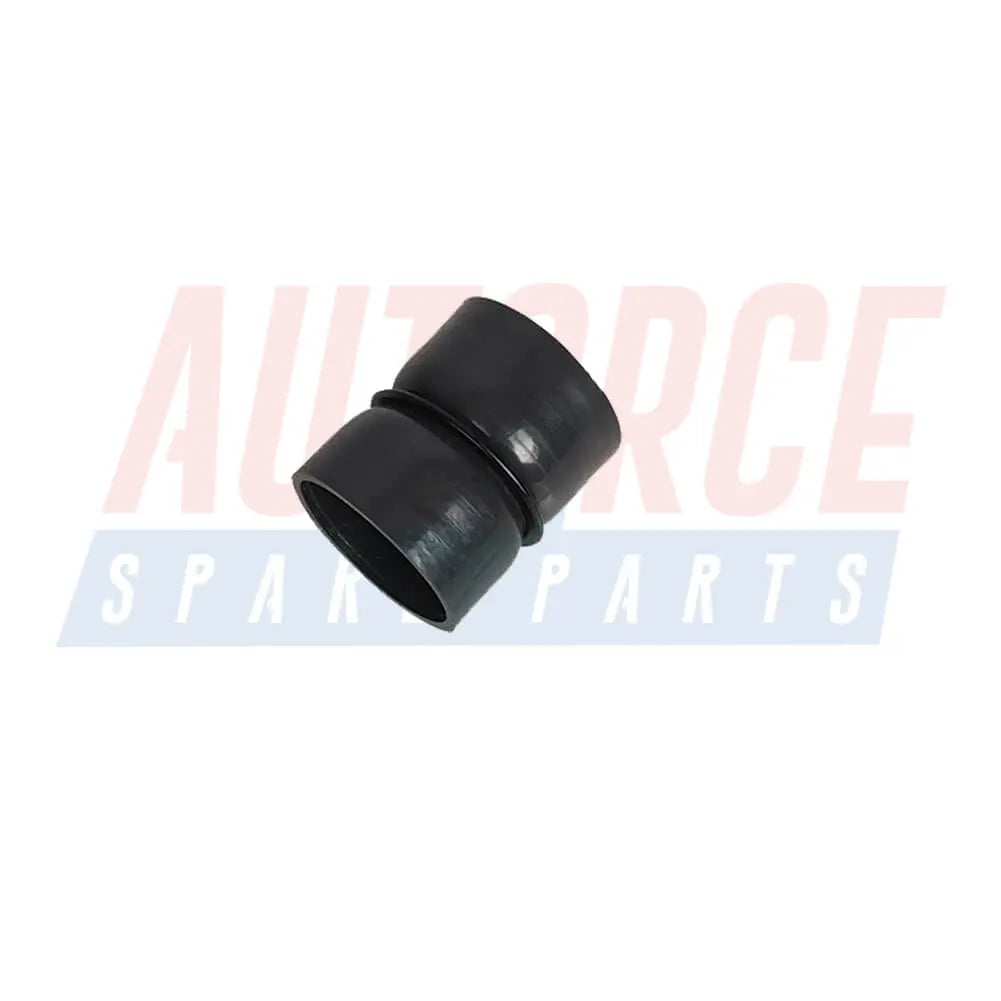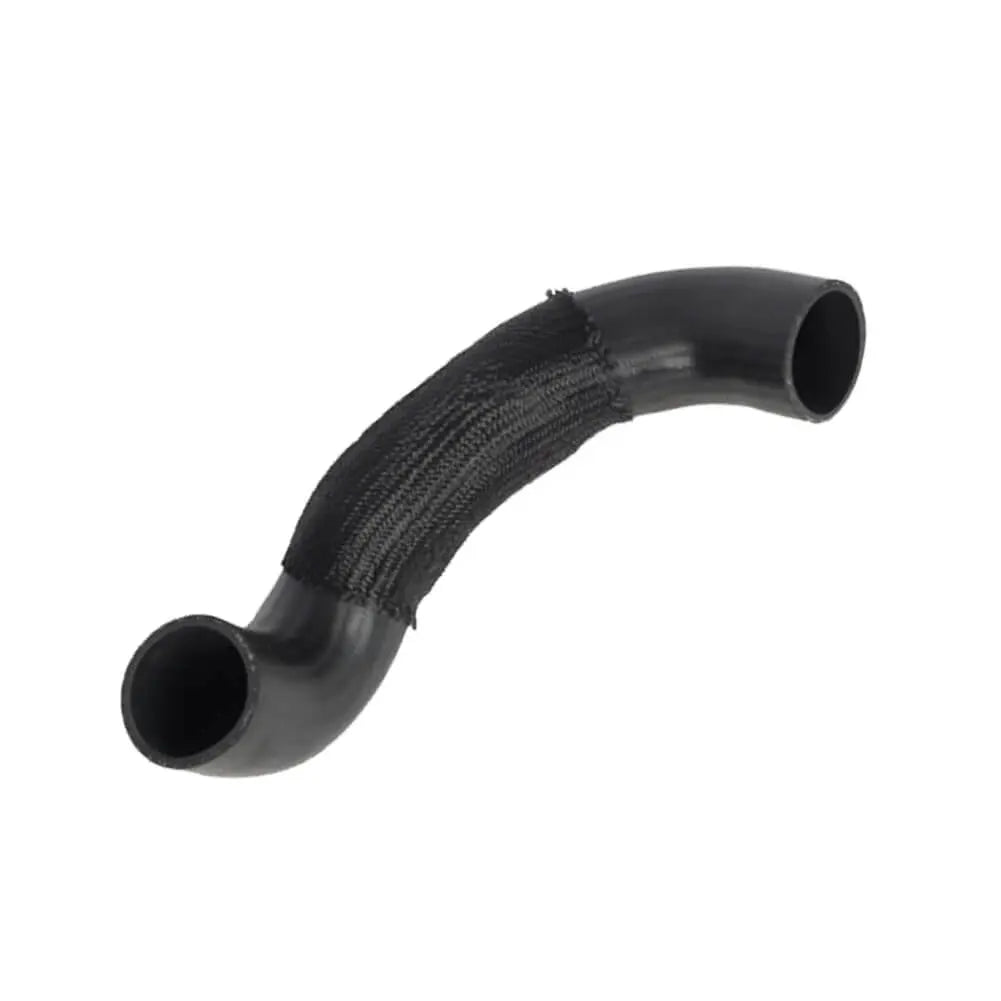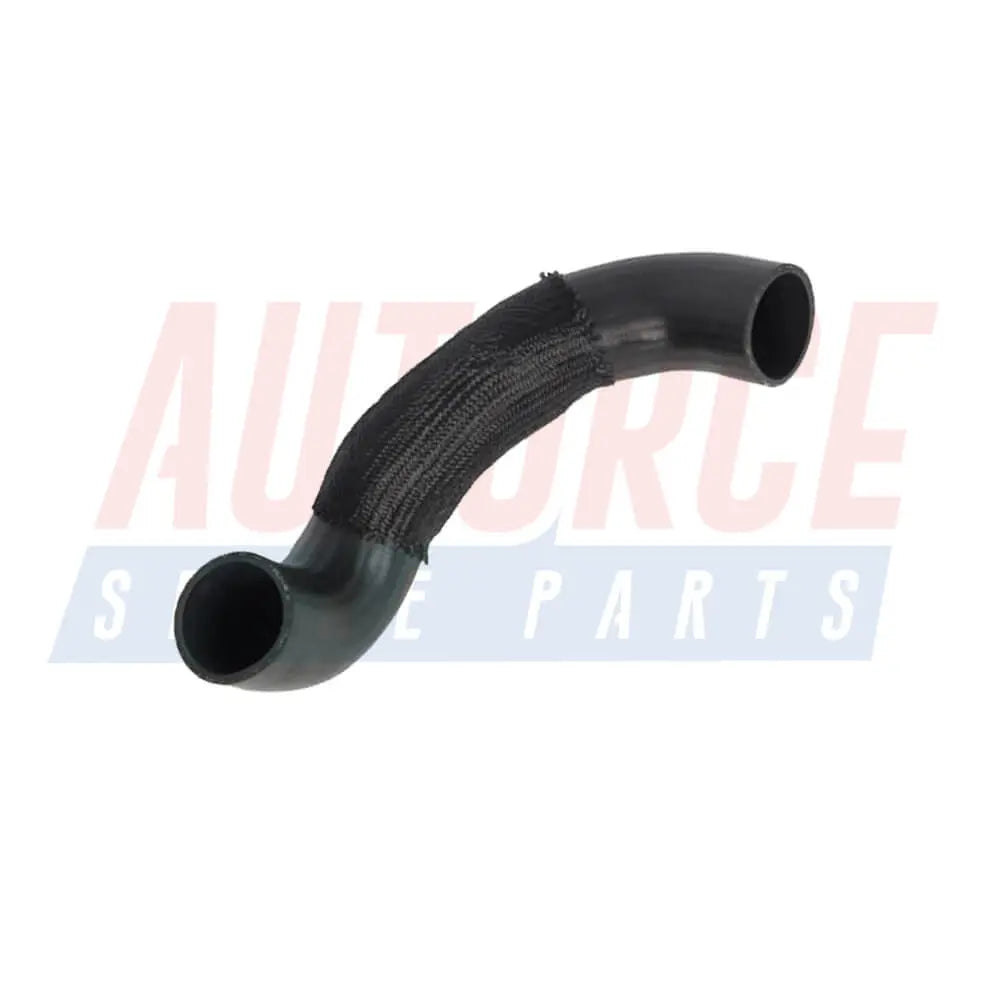Shop by Category
Climate Control System Components
22 products
Showing 1 - 22 of 22 products
Understanding Climate Control System Components in Modern Cars
As the world becomes increasingly concerned about environmental issues and strives for greater sustainability, the automotive industry has been embracing advancements in climate control systems for vehicles. A car's climate control system plays a crucial role in providing a comfortable and pleasant driving experience for occupants while also contributing to fuel efficiency and reducing environmental impact. In this article, we will explore the essential components of a climate control system in modern cars and how they work together to maintain a controlled environment inside the vehicle.HVAC System (Heating, Ventilation, and Air Conditioning)
The HVAC system is the backbone of a car's climate control system. It is responsible for regulating the temperature inside the vehicle cabin, providing both heating and cooling capabilities. The system operates through a combination of various components, including:a. Compressor: The compressor is a vital component for air conditioning. It compresses the refrigerant gas, raising its temperature and pressure.
b. Condenser: The condenser is a heat exchanger located at the front of the vehicle. It cools down and condenses the high-pressure refrigerant gas into a liquid state.
c. Evaporator: The evaporator is another heat exchanger, usually located inside the dashboard. It absorbs heat from the cabin air, allowing the liquid refrigerant to evaporate and turn back into a gas.
d. Expansion Valve: This valve regulates the flow of high-pressure liquid refrigerant into the evaporator, where it expands, cools down the air, and transforms back into a low-pressure gas.
Blower Motor
The blower motor is responsible for circulating air through the cabin. It draws in the outside air or recirculates the interior air, depending on the settings chosen by the occupants. By adjusting the fan speed, passengers can control the airflow inside the vehicle, ensuring optimal comfort levels.Temperature Sensors
Temperature sensors are strategically placed throughout the car's cabin and are connected to the climate control system. These sensors continuously monitor the interior temperature and send feedback to the system, which then adjusts the HVAC settings accordingly to maintain the desired temperature.Mode Selection
The mode selection feature allows occupants to choose where the air is directed within the cabin. Common modes include:a. Vent: Air is directed through the dashboard vents, providing cooling or heating to the front occupants.
b. Floor: Air is directed towards the floor, useful for warming the feet during colder weather.
c. Defrost: Air is directed towards the windshield and side windows to remove fog and ice buildup.
Cabin Air Filter
The cabin air filter is responsible for purifying the air that enters the vehicle's cabin. It filters out dust, pollen, pollutants, and other contaminants, providing cleaner air for the occupants and improving overall air quality inside the car.The climate control system in modern cars has come a long way, offering enhanced comfort, improved fuel efficiency, and reduced environmental impact. By understanding the components of this system and their functions, drivers and passengers can make the most of their driving experience while being mindful of their ecological footprint. As technology continues to advance, we can expect even more sophisticated and eco-friendly climate control systems to be integrated into future car models, further promoting a greener and more sustainable automotive industry.
Showing 1 - 22 of 22 products
Display
View
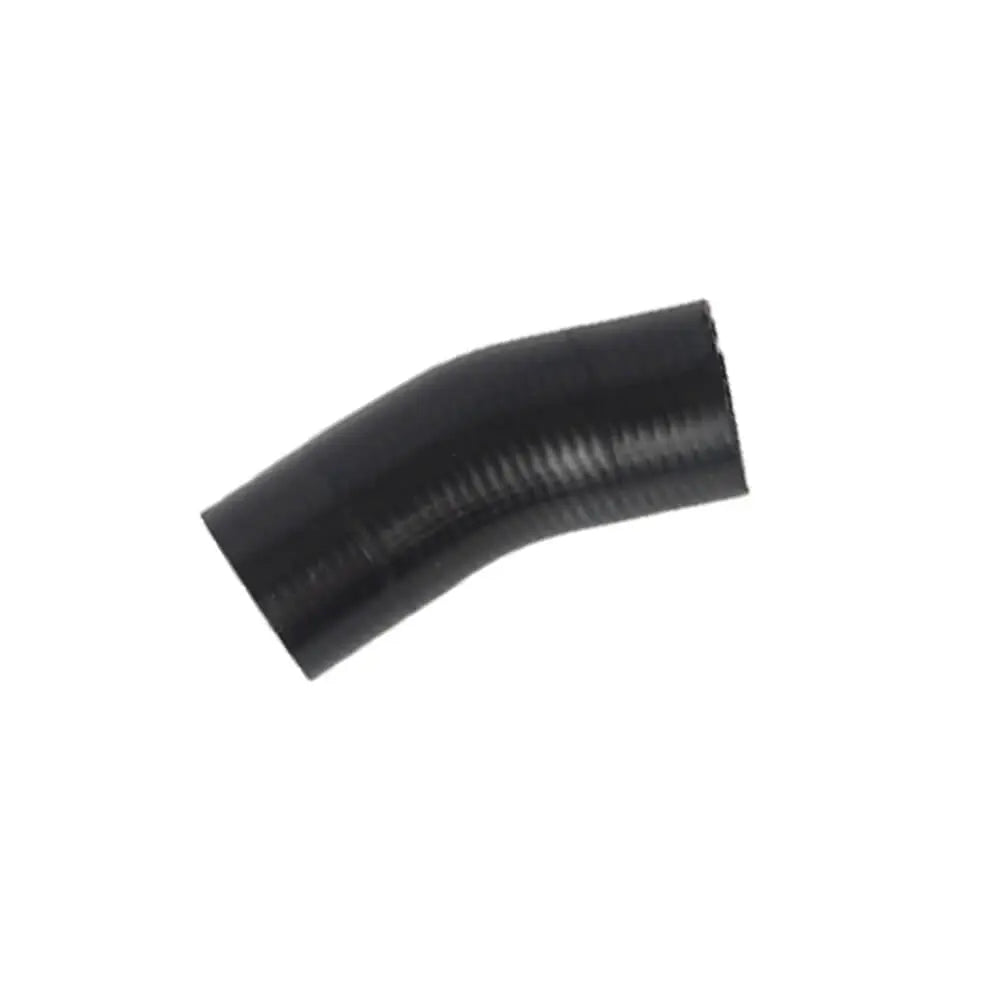
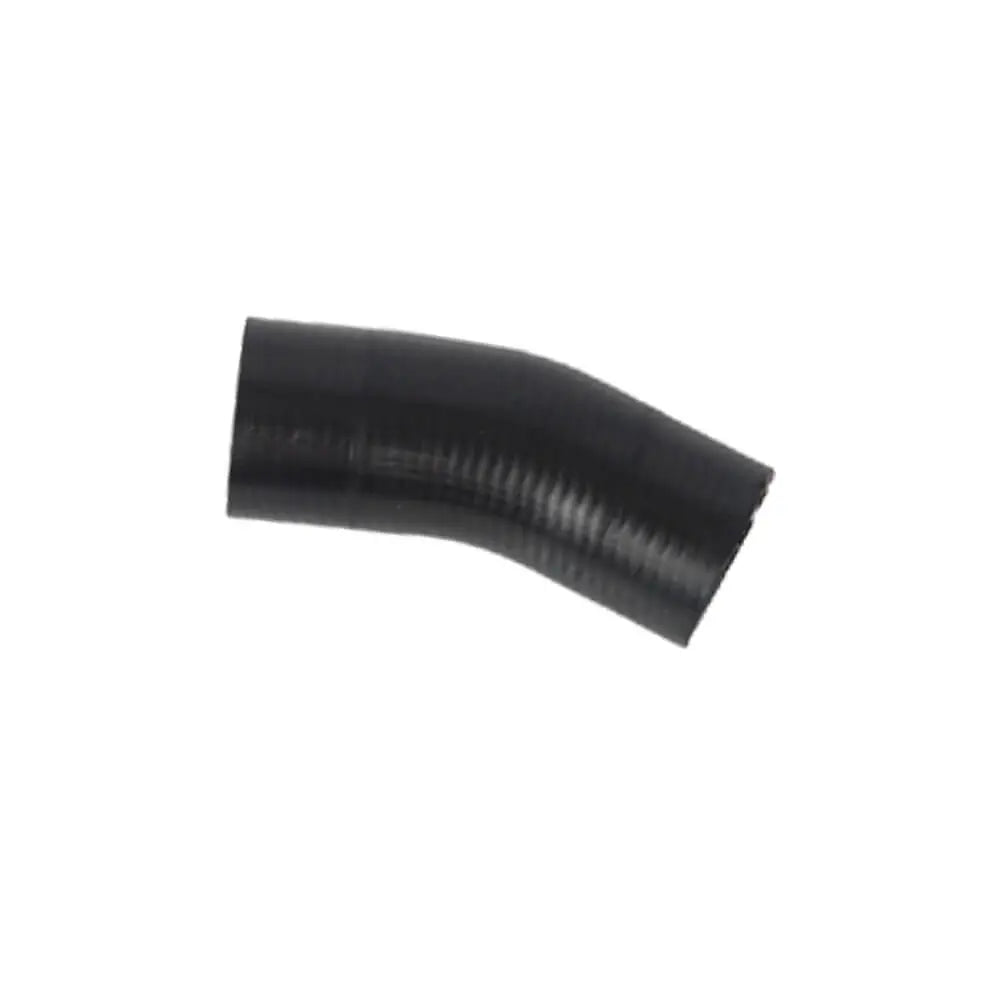
Thermostat Hose Pipe For Ford Fiesta Focus Tourneo Transit Galaxy S-Max Mondeo 1.8 TDCi (2000 - 2015) XS4Q8A567CC
Sale price£8.89
No reviews
Hurry! Stock running out!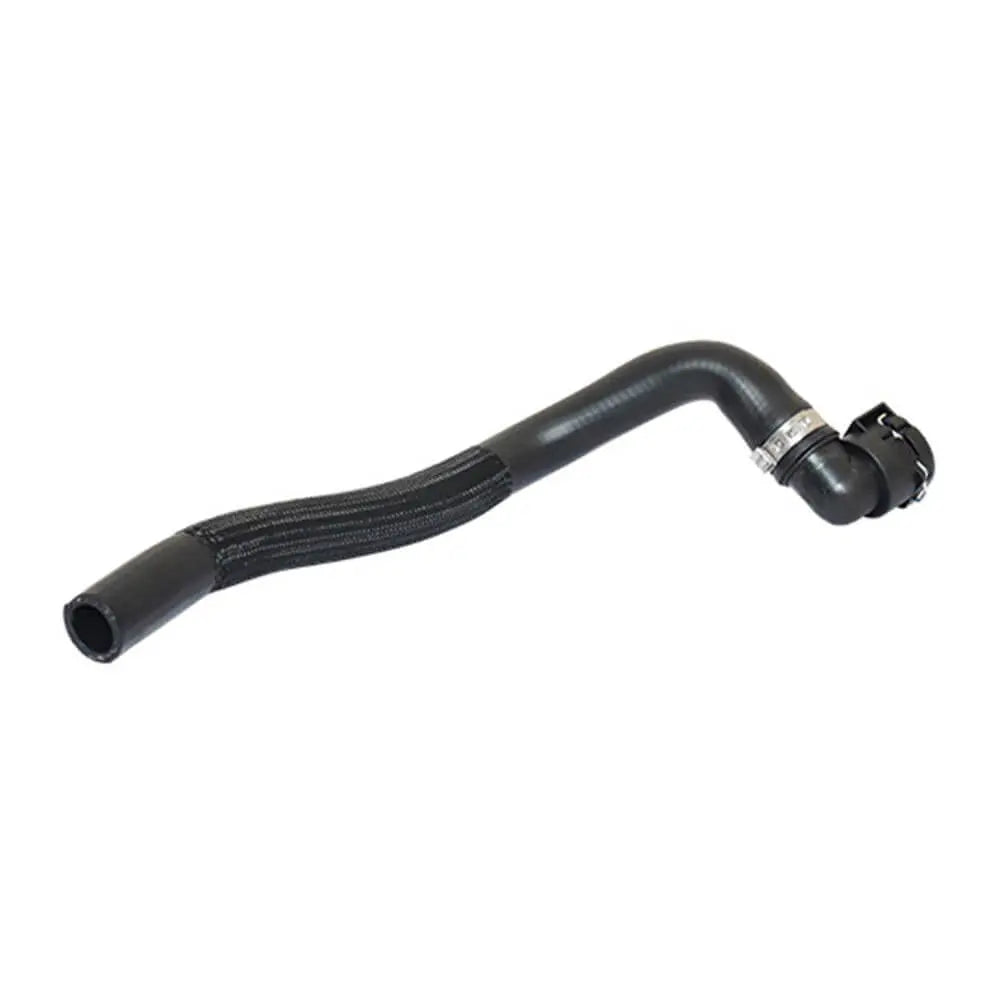

Heater Inlet Hose Pipe For Opel For Vauxhall Corsa D (S07) 1.0, 1.2, 1.4 (2006 - 2014) 13249356, 13353976, 1818479
Sale price£15.90
No reviews
Hurry! Stock running out!

Heater Inlet Hose Pi̇pe For Ford Tourneo Connect 1.8 TDCi (2002 - 2013) 7T168A567BA, 1459029
Sale price£12.90
No reviews
Sold out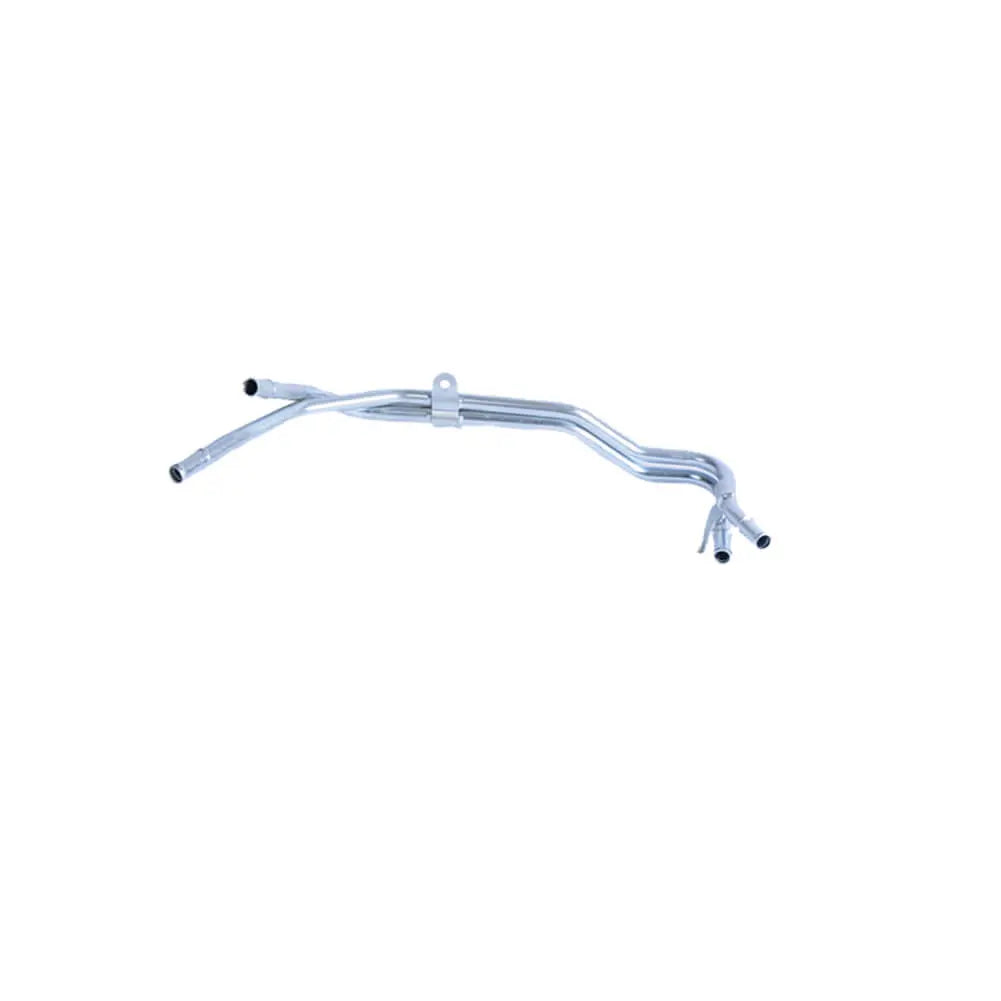
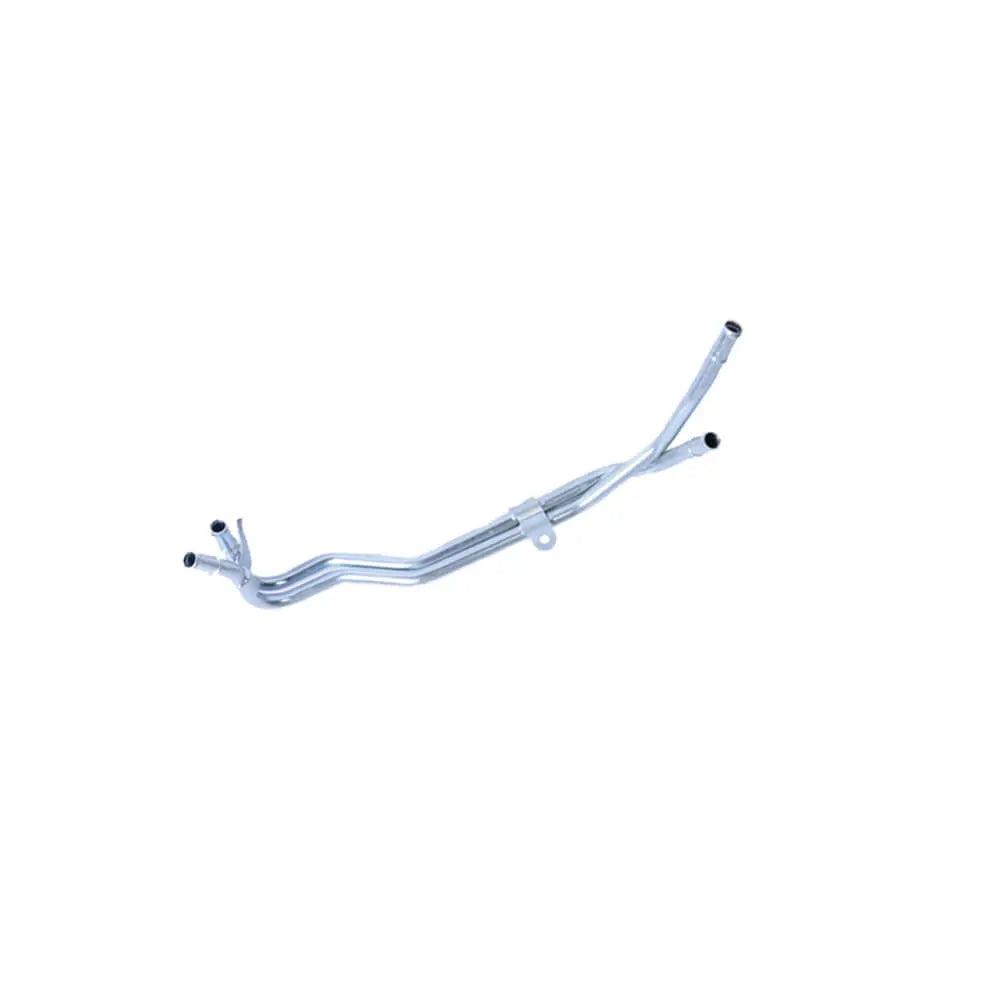
Heat Exchange Water Hose Pipe For Ford Transit 2.4 TDE (2000 - 2006) 5C1618N344AA, 1434191, 2C1118N344CA
Sale price£14.99
No reviews
Hurry! Stock running out!

Heater Hose For Chevrolet Aveo Cruze Trax - 5826484, GM 55559352, 826004
Sale price£9.90
No reviews
Hurry! Stock running out!

Heater Hose For Vauxhall Astra Insignia Mokka Zafira - 826001, GM55574685, 5826484
Sale price£9.90
No reviews
Hurry! Stock running out!

Heater Hose For Opel Astra Insignia Mokka Zafira 1.6 1.4 - 826001, GM55574685, 5826484
Sale price£9.90
No reviews
Hurry! Stock running out!

Heater Outlet Hose For Opel Astra Zafira - 6818568, GM 13118275
Sale price£13.90
No reviews
Sold out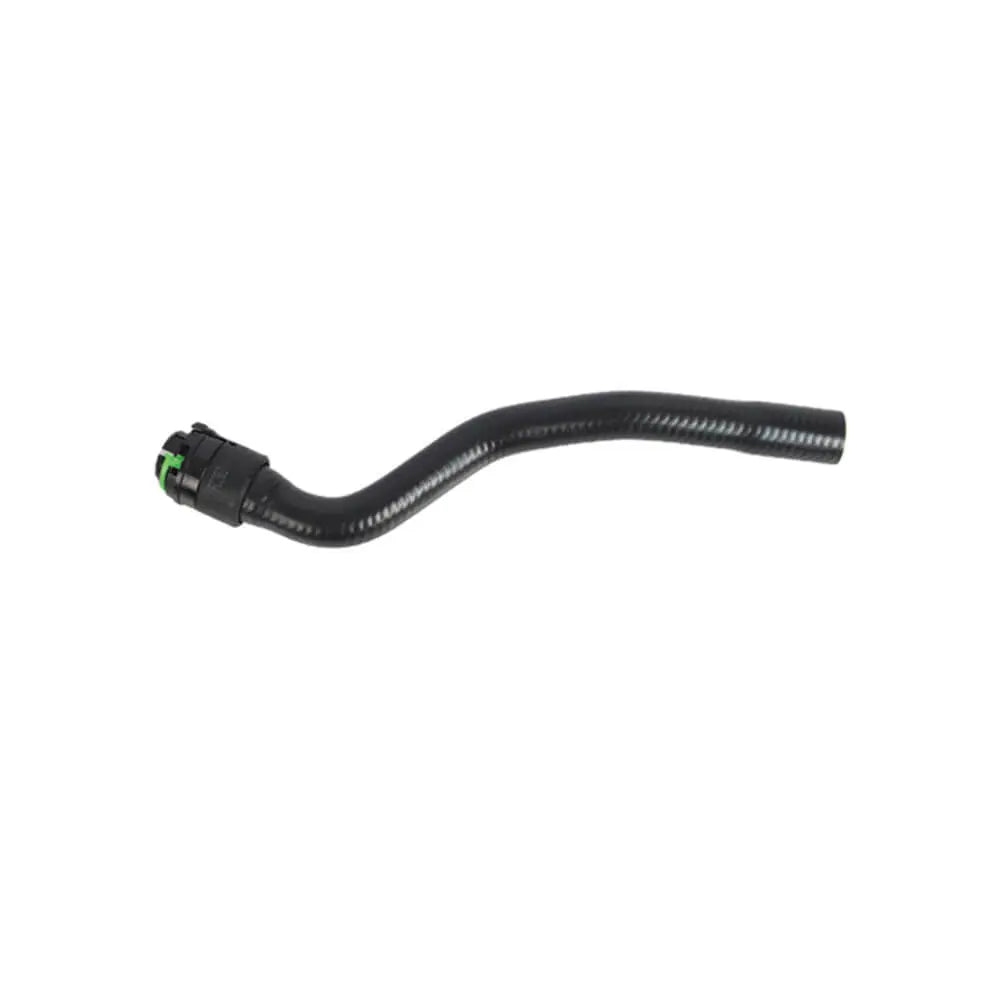

Heater Outlet Hose For Vauxhall Astra V Zafira II - 6818568, GM 13118275
Sale price£13.90
No reviews
Sold out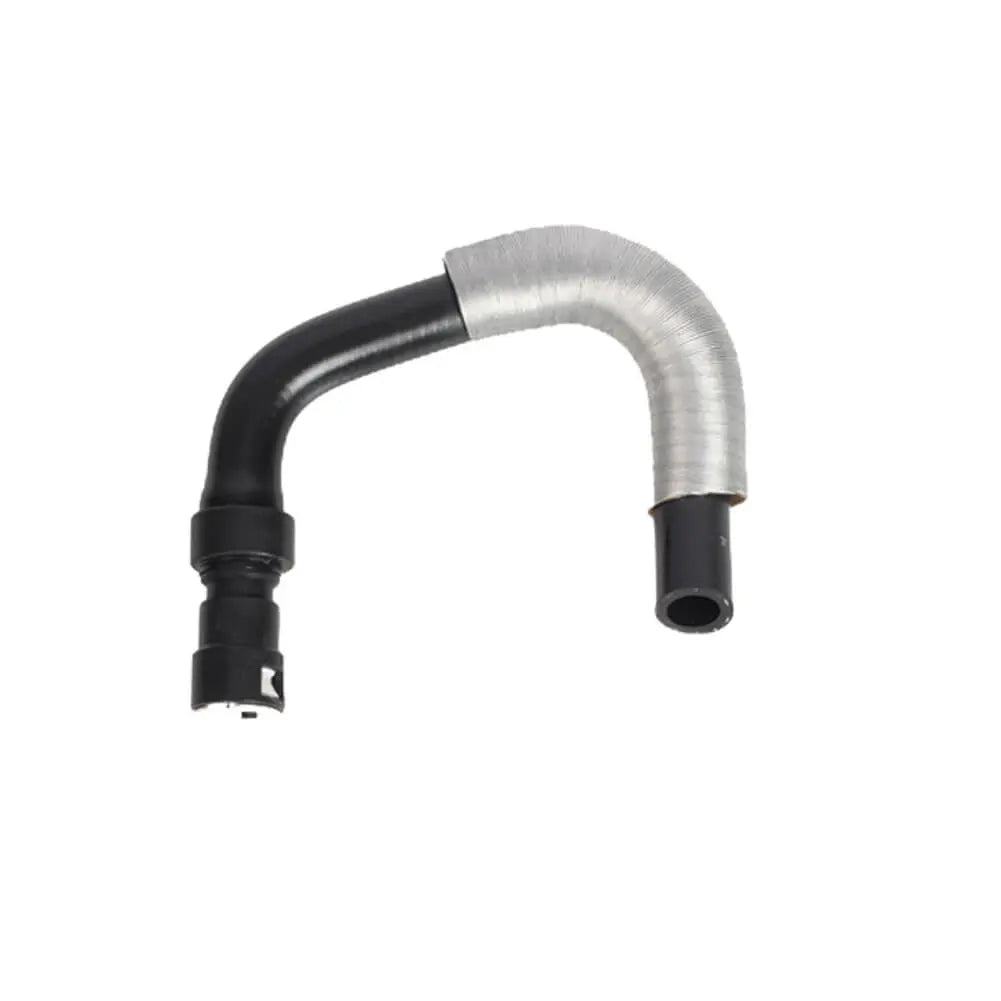
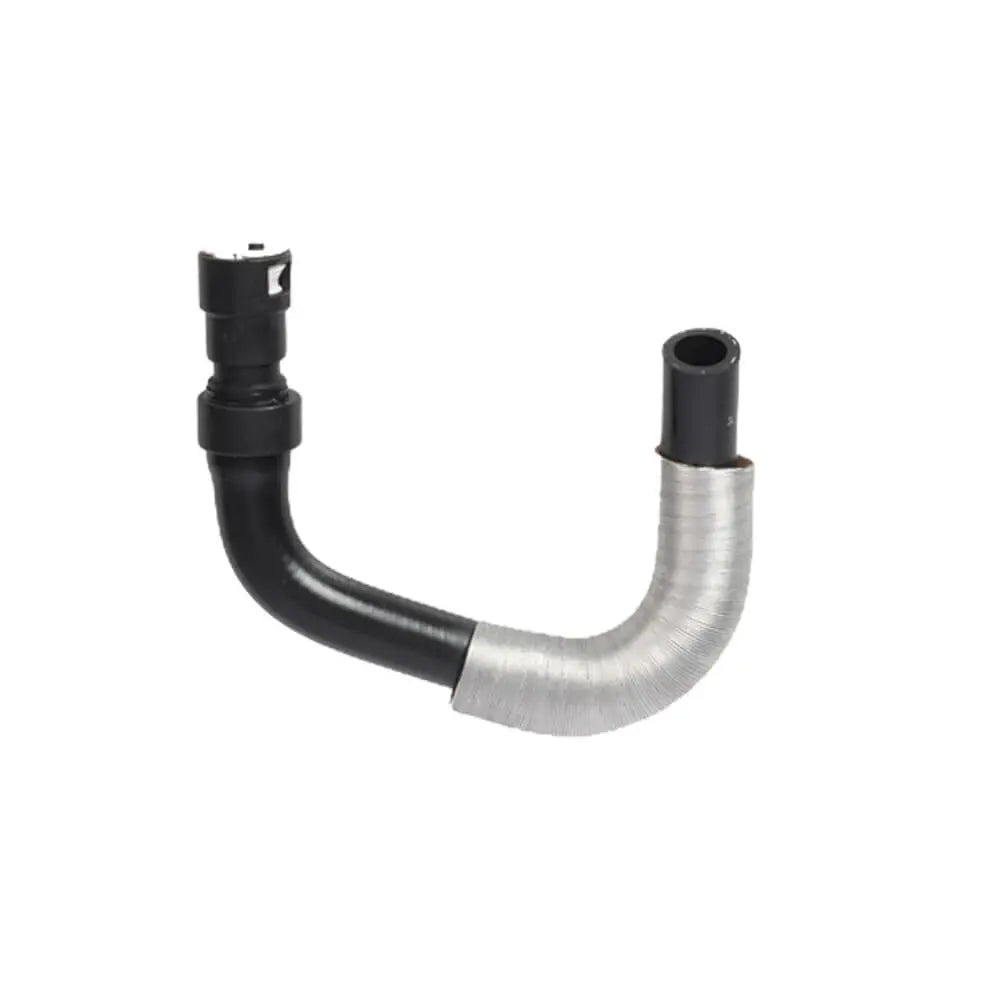
Heater Outlet Hose Pipe For Ford Transit 2.4 DI (2000 - 2006) 2C1118K582DA, 4458359, YC1518K582EB, 4081233
Sale price£17.90
No reviews
Hurry! Stock running out!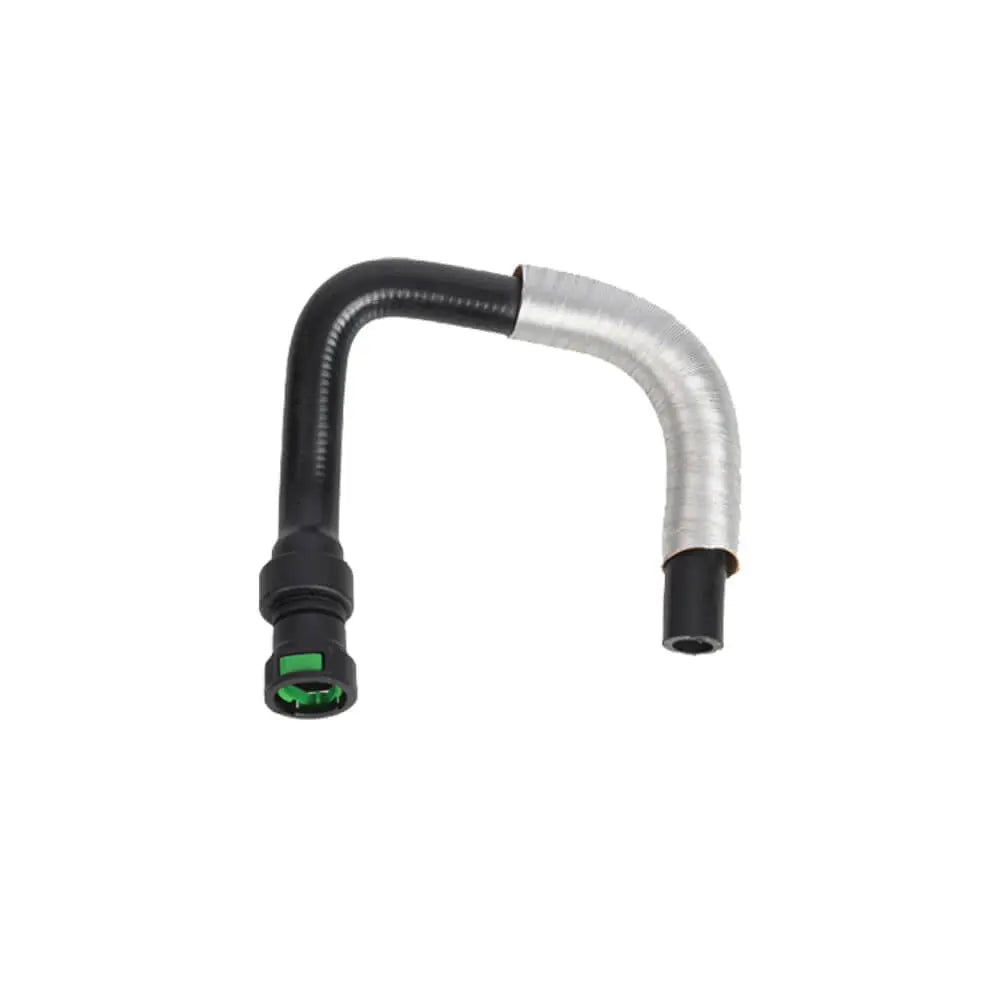

Heater Hose Pipe For Ford Transit 2.4 TDCi (2006 - 2014) 6C1618K579AB, 1419409, 6C1618K579AA
Sale price£21.90
No reviews
In stock

Heater Inlet Hose Pipe For Ford Transit 2.4 TDCi (2006 - 2014) 6C1118K579AG, 6C1118K579AF, 1437301
Sale price£19.90
No reviews
Sold out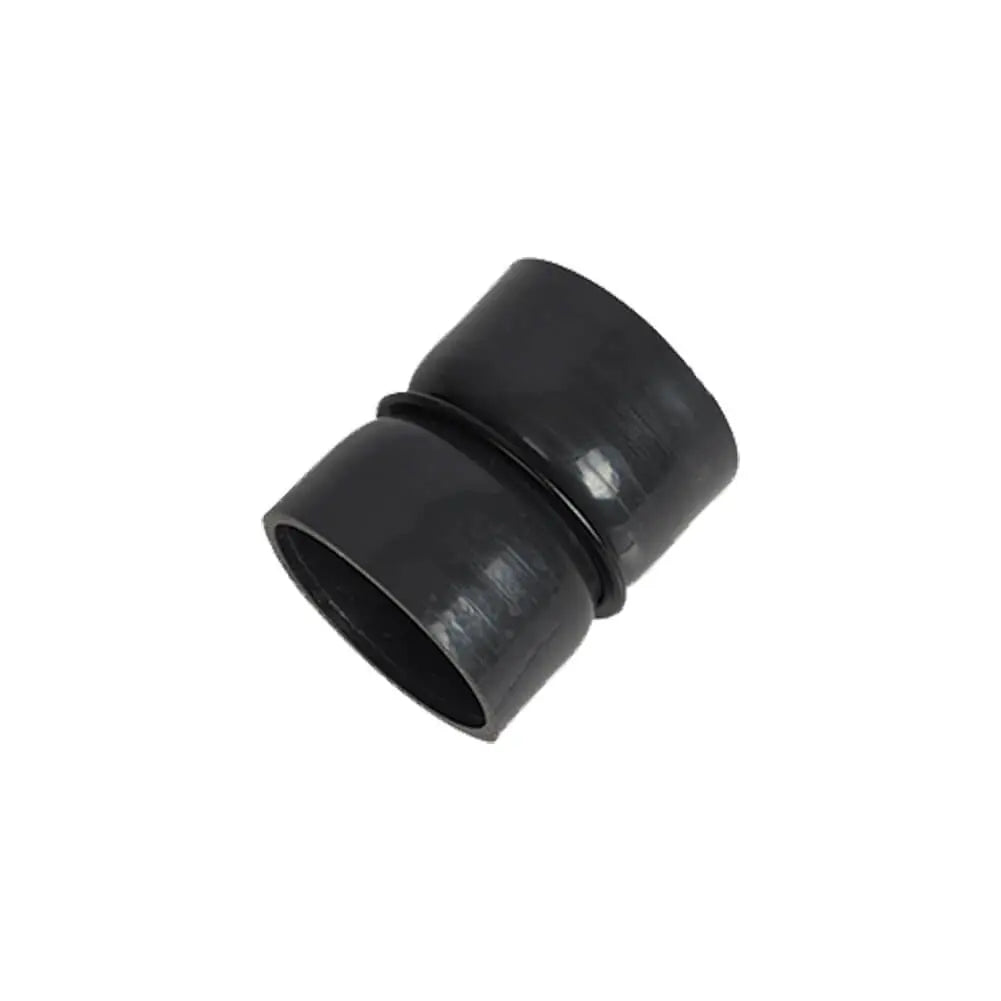
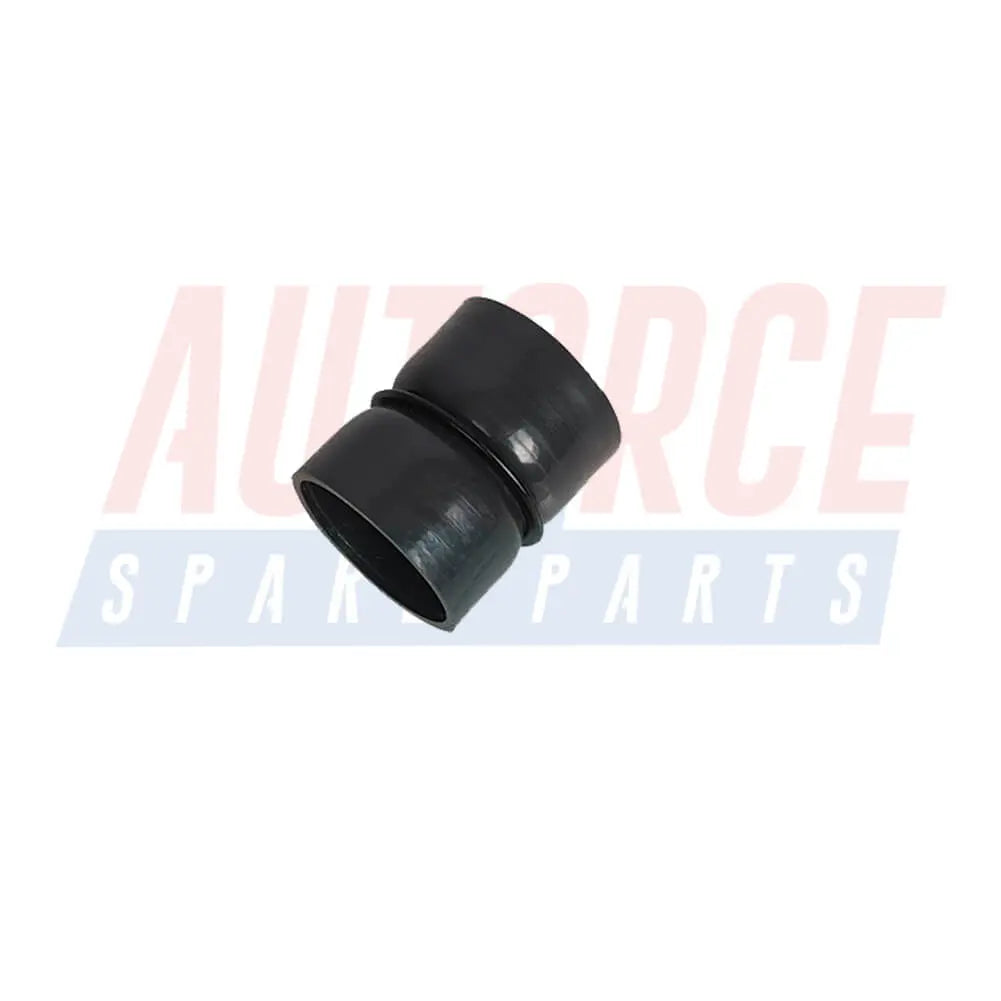
Turbo Intercooler Hose Pipe For Peugeot 307, 407 1.6 HDi - 0382.EL, 31219683, 11617798123
Sale price£14.90
No reviews
Sold out
Filters (0)

